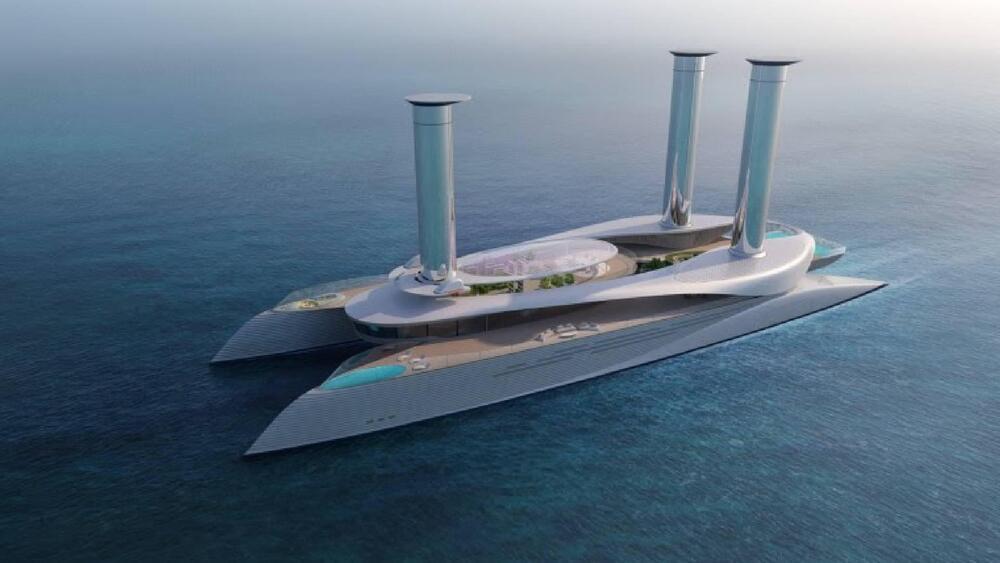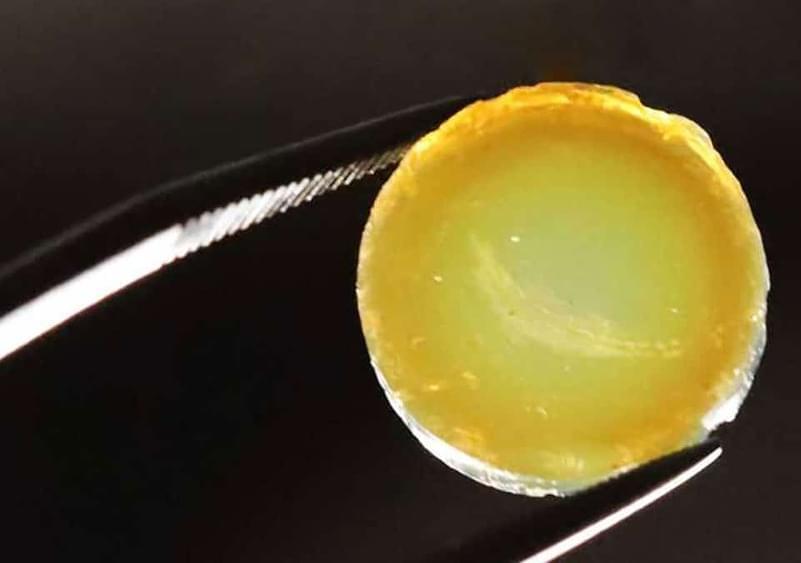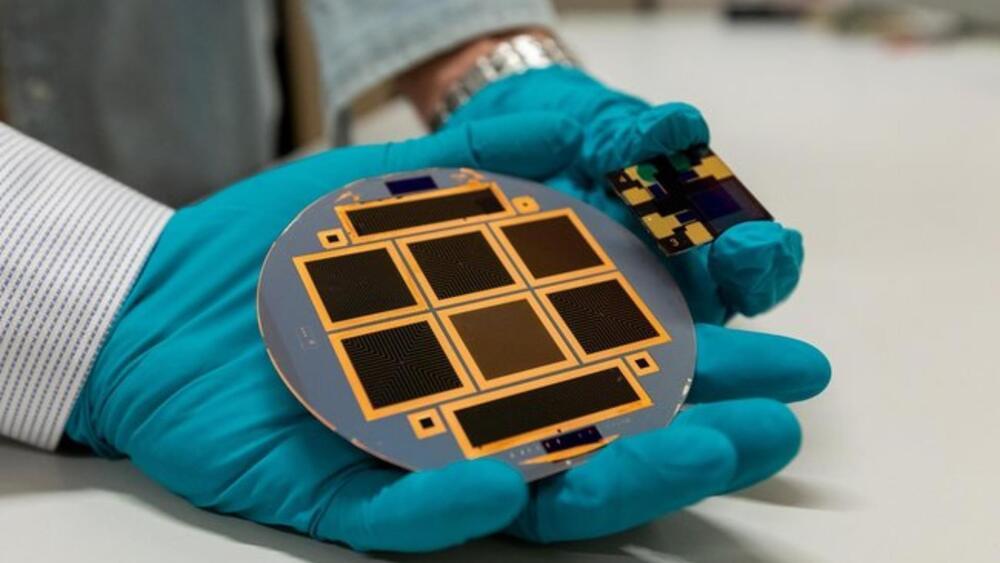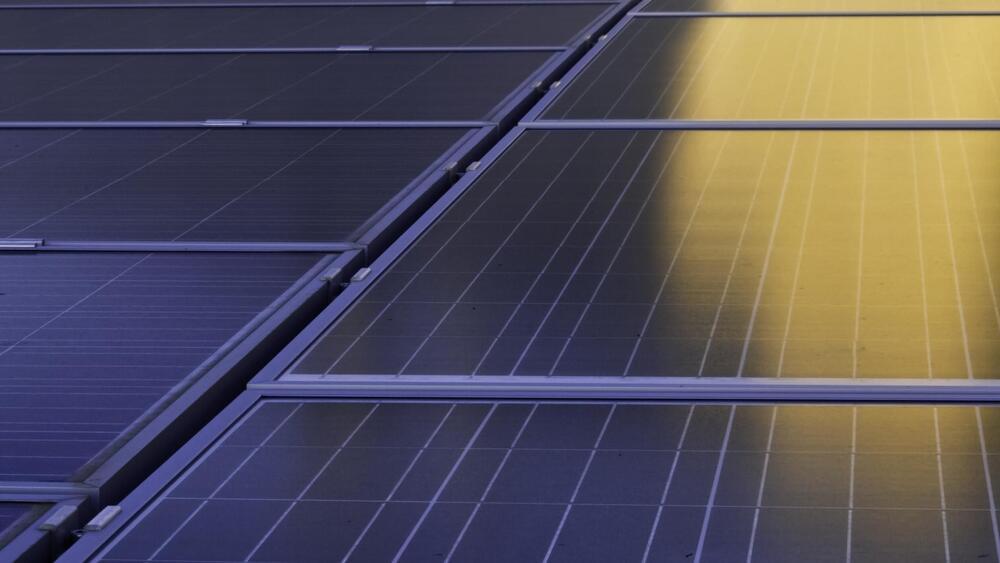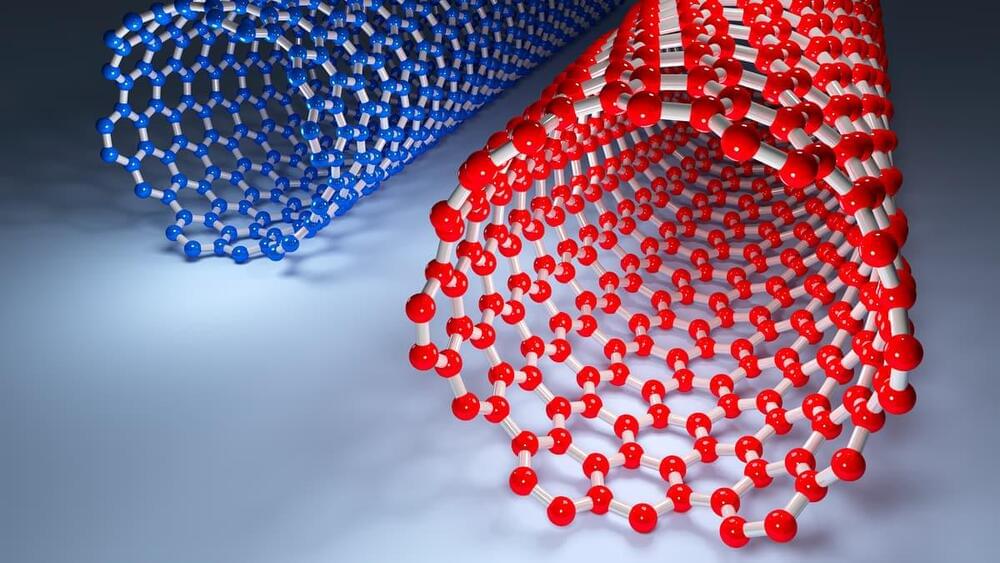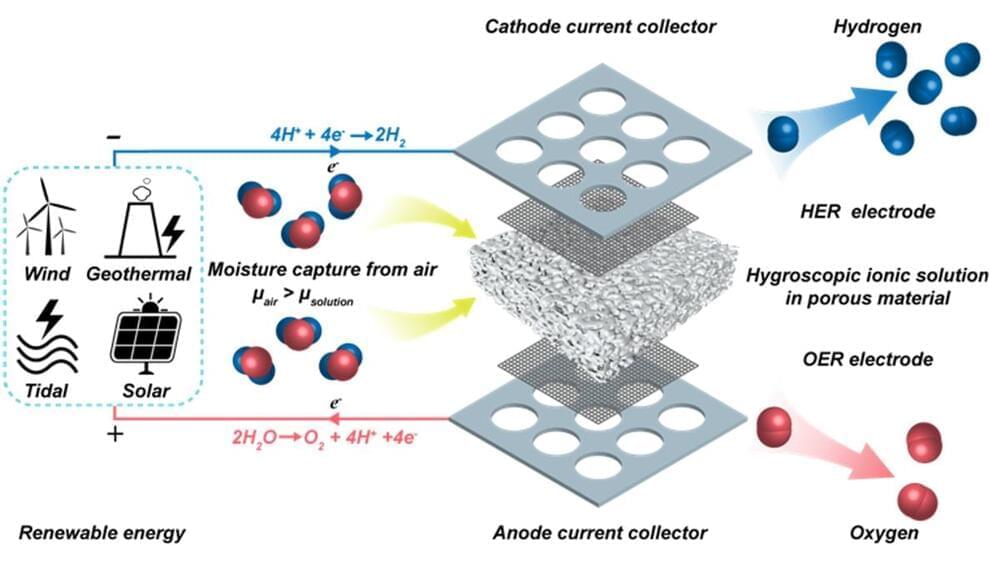Oct 2, 2022
This superyacht design features a 100-year-old technology to sail sustainably
Posted by Gemechu Taye in categories: solar power, sustainability
The tech is called Flettner Rotors.
A multidisciplinary design company called 3deluxe has revealed a new low carbon-emission superyacht concept called FY.01. The company made the superyacht design public on Friday, and it is sure to wow thanks to its eco-credentials, aesthetics, and usage of cutting-edge technology.
Flettner Rotors were developed over 100 years ago and use rotating vertical pipes to transform wind energy into a highly efficient transversal force. The technology relies on an effect referred to as the Magnus force and it has seen a powerful revival over the years due to the availability of new materials that make it more efficient and viable.
Continue reading “This superyacht design features a 100-year-old technology to sail sustainably” »
